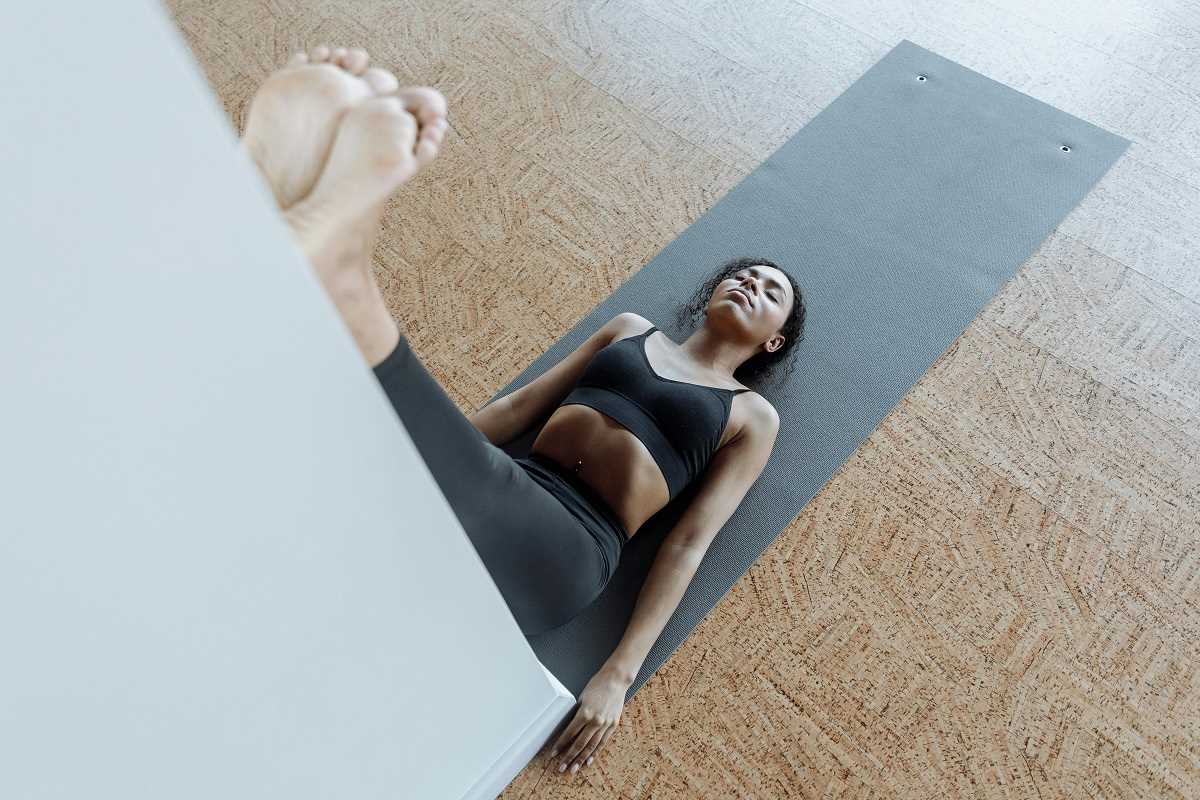Managing chronic conditions requires a comprehensive approach that includes not only medical treatment but also lifestyle modifications. Regular physical activity plays a crucial role in controlling symptoms, enhancing physical function, and improving overall well-being for individuals living with chronic diseases. Integrating daily fitness into one's routine can lead to significant health benefits, allowing individuals to take charge of their health and maintain an active lifestyle despite their condition.
Engaging in consistent exercise helps slow the progression of chronic illnesses, reduces the risk of complications, and creates a sense of independence and resilience. By prioritizing physical activity, individuals can better manage their conditions, experience fewer physical limitations, and enjoy a higher quality of life.
Incorporating Fitness into Daily Routines
Establishing a consistent exercise regimen is vital for managing chronic conditions effectively. One effective approach is to schedule specific times for physical activity, ensuring that it becomes a regular part of the day. For instance, dedicating morning hours to a brisk walk or setting aside time in the evening for stretching exercises can help embed fitness into the daily schedule.
Integrating exercise into everyday activities, such as walking during breaks, using stairs instead of elevators, or performing simple stretches while watching television, can make staying active more manageable. Using tools like fitness trackers and smartphone apps can also help monitor activity levels and set achievable goals, making daily fitness more accessible and sustainable.
Types of Beneficial Exercises
Engaging in a variety of physical activities can address different aspects of health and cater to individual preferences and abilities. Here are some exercises particularly beneficial for those managing chronic conditions:
- Walking: A low-impact activity that improves cardiovascular health and can be easily adjusted to one's fitness level. Walking outdoors also provides the added benefits of fresh air and natural scenery.
- Swimming: Provides a full-body workout while being gentle on the joints, making it ideal for individuals with arthritis or mobility issues. The buoyancy of water reduces stress on the body, allowing for longer and more comfortable exercise sessions.
- Yoga: Enhances flexibility, balance, and mental relaxation through a combination of physical postures and breathing techniques. Yoga can be tailored to accommodate various physical limitations, making it accessible to many.
- Strength Training: Helps build muscle mass and bone density, which is essential for those with osteoporosis or muscle weakness. Using resistance bands or light weights can effectively increase strength without causing excessive strain.
- Tai Chi: A gentle form of martial arts that promotes balance, coordination, and stress reduction. The slow, deliberate movements of Tai Chi can improve mobility and mental focus.
- Cycling: Offers a cardiovascular workout that is easier on the knees and hips compared to running. Whether using a stationary bike or cycling outdoors, this exercise enhances endurance and leg strength.
Mental and Physical Benefits of Regular Exercise
Regular physical activity offers a multitude of benefits that enhance both mental and physical health. Engaging in consistent exercise can lead to improved mood, reduced anxiety, and decreased symptoms of depression, providing emotional support for those dealing with chronic conditions. Physical activity stimulates the release of endorphins, which act as natural mood lifters, creating a sense of well-being and reducing feelings of stress.
On the physical side, regular movement strengthens the heart, enhances respiratory function, and aids in weight management, reducing the risk of complications associated with various chronic diseases. Furthermore, maintaining an active lifestyle can increase energy levels, improve sleep quality, and boost overall vitality, contributing to a higher quality of life for individuals managing chronic conditions.
Practical Tips to Stay Motivated
Maintaining motivation is essential for sustaining a regular fitness routine, especially when managing chronic conditions. Here are some practical tips to help stay motivated:
- Set Realistic Goals: Establish achievable objectives that align with your current fitness level and gradually increase the intensity to avoid burnout. Setting short-term goals can provide a sense of accomplishment and keep you focused on long-term health benefits.
- Track Your Progress: Keep a fitness journal or use a mobile app to monitor improvements and celebrate milestones, reinforcing positive behavior. Tracking progress helps in identifying patterns and adjusting routines to maximize benefits.
- Find a Workout Buddy: Exercising with a friend or joining a support group can provide accountability and make physical activity more enjoyable. Sharing experiences and challenges with others can enhance motivation and commitment.
- Vary Your Routine: Introducing different types of exercises can prevent boredom and engage various muscle groups, keeping the fitness regimen interesting. Variety also ensures a more comprehensive workout, addressing multiple aspects of health.
- Reward Yourself: Implement a reward system for achieving fitness goals, such as treating yourself to a favorite activity or a healthy snack. Rewards can serve as incentives, motivating you to maintain your exercise habits.
Overcoming Barriers to Exercise
Individuals with chronic conditions often face unique challenges when attempting to maintain an active lifestyle. Common barriers include fatigue, pain, limited mobility, and fear of exacerbating symptoms. To overcome these obstacles, it is important to consult with healthcare professionals to tailor an exercise program that suits individual needs and limitations. Personalized guidance ensures that the chosen activities are safe and effective, minimizing the risk of injury.
Starting with low-impact activities and gradually increasing intensity can help build confidence and endurance. Prioritizing exercise by incorporating it into daily schedules and seeking support from family and friends can provide the necessary encouragement to persist despite difficulties. Accessible facilities, such as community centers with modified equipment or classes designed for specific conditions, can also facilitate regular physical activity.
Embracing daily fitness as a key component of managing chronic conditions can lead to enhanced physical and mental well-being. By thoughtfully integrating exercise into routines, choosing suitable activities, recognizing the comprehensive benefits, and staying motivated, individuals can effectively navigate the challenges of chronic diseases and lead healthier, more fulfilling lives.
 (Image source: Midjourney)
(Image source: Midjourney) 





